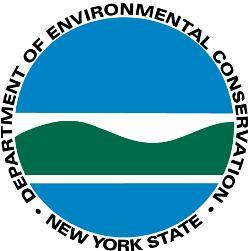
A new regulation that prohibits hunting or trapping of free-ranging Eurasian boars in New York State was formally adopted state Department of Environmental Conservation (DEC) Commissioner Joe Martens announced today. The regulation is designed to ensure maximum effectiveness of DEC’s statewide eradication efforts.
“Enacting a statewide regulation was important to support DEC’s ongoing work to remove this invasive species from the state and to ensure that it does not become established in the wild anywhere in New York,” said Commissioner Martens. “Eurasian boars are a great threat to natural resources, agricultural interests, and private property and public safety wherever they occur and DEC will continue to work to protect these resources and remove wild boars from the state.”
Eurasian boars were brought to North America centuries ago and wild populations numbering in the millions are now present across much of the southern U.S. In recent years, wild boar populations have been appearing in more northern states too, often as a result of escapes from enclosed shooting facilities that offer “wild boar hunts.”
Governor Cuomo signed legislation on October 21, 2013, which immediately prohibited the importation, breeding or introduction to the wild of any Eurasian boars. Furthermore, the law prohibits possession, sale, transport or marketing of live Eurasian boars as of September 1, 2015. The new law was an essential step in the state’s efforts to prevent Eurasian boars from becoming established in the wild.
However, there are already small numbers of Eurasian boars on the landscape in New York. Since 2000, wild boars have been reported in many counties across the state, and breeding in the wild has been confirmed in at least six counties (Tioga, Cortland, Onondaga, Clinton, Sullivan and Delaware) in recent years. DEC is working closely with the U.S. Department of Agriculture’s Wildlife Services program to remove any Eurasian boars that are reported in New York. To date, more than 150 animals have been captured and destroyed. However, eradication is expensive, time consuming and requires a great deal of manpower.
“Hunters have offered to assist our efforts by hunting for boars wherever they occur, but experience has shown this to be counter-productive,” Martens said. “As long as swine may be pursued by hunters, there is a potential conflict with our eradication efforts. Eurasian boars often join together to form a ‘sounder,’ the name for a group of pigs that can number 20 or more individuals. Shooting individual boars as opportunities arise is ineffective as an eradication method often causes the remaining animals to disperse and be more difficult to remove.”
Hunters pursuing wild boars in locations where baited traps have been established by DEC or USDA can also undermine these costly and labor-intensive capture efforts. Shooting may remove one or two animals, but the rest of the sounder scatters and rarely comes back together as a group, thereby hampering eradication efforts. In addition to prohibiting take of free-ranging swine by hunters, the new regulation prohibits anyone from disturbing traps set for wild boars or otherwise interfering with Eurasian boar eradication activities. Hunting wild boar is still allowed at enclosed hunting preserves until September 1, 2015.
The regulation does provide necessary exceptions for state and federal wildlife agencies, law enforcement agencies, and others who are authorized by DEC to take Eurasian boar to alleviate nuisance, property damage, or threats to public health or welfare.
Anyone who observes a Eurasian boar (dead or alive) in the wild in New York should report it as soon as possible to the nearest DEC regional wildlife office or to: [email protected] and include “Eurasian boar” in the subject line.
Because it is sometimes difficult to distinguish a domestic pig, pot belly pig or Eurasian boar based solely on a description, reporting of all free-roaming swine is encouraged. Please report the number of animals seen, whether any of them were piglets, the date, and the exact location (county, town, distance and direction from an intersection, nearest landmark, etc.). Photographs of the animals are especially helpful, so please try to get a picture and include it with your report.
Full text of the regulation can be viewed on DEC’s Weekly Environmental Notice Bulletin for April 23, 2014, available at http://www.dec.ny.gov/enb/95072.html.
-
 1
1


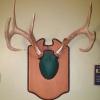
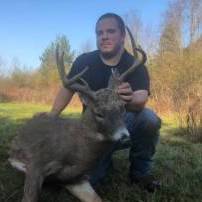
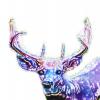




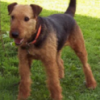
Recommended Comments
There are no comments to display.
Join the conversation
You can post now and register later. If you have an account, sign in now to post with your account.